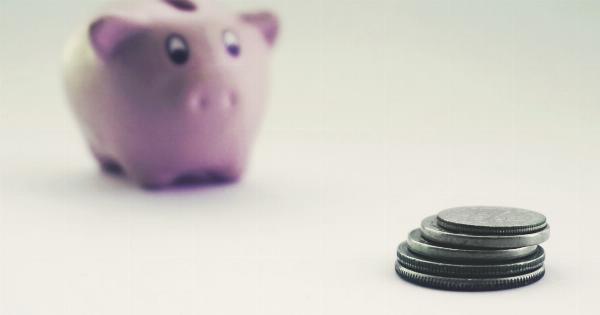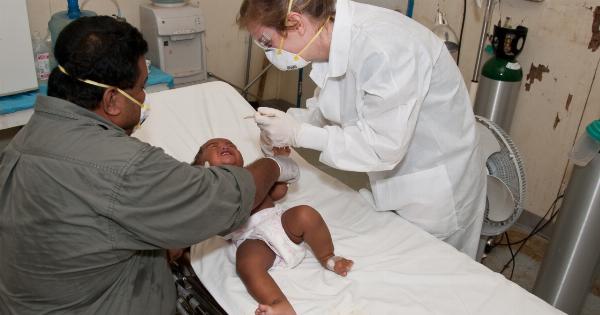Choking on food can be a scary and life-threatening experience. It can happen to anyone, but it is more common in young children and older adults. Knowing how to prevent choking and perform CPR can save a life.
In this article, we will discuss how to avoid choking on food and the basics of CPR.
What is choking?
Choking occurs when a piece of food or other object becomes lodged in the airway and blocks the flow of air. This can lead to difficulty breathing, coughing, and even unconsciousness. In some cases, choking can be fatal if not treated promptly.
How to avoid choking:
To avoid choking on food, you should follow the following steps:.
- Cut food into small pieces
- Chew food thoroughly before swallowing
- Avoid talking or laughing while eating
- Do not drink alcohol while eating
- Avoid eating too quickly
- Sit upright while eating
What to do if someone is choking:
If someone is choking, it is essential to act quickly. Here are the steps you should follow:.
- Ask the person if they are choking and if they need help
- Stand behind the person and wrap your arms around their waist
- Make a fist with one hand and place it just above the navel, with the thumb side facing in
- Grab the fist with your other hand and press it in and up towards the person’s diaphragm
- Repeat the thrusts until the object is dislodged or the person becomes unconscious
- If the person becomes unconscious, perform CPR immediately
What is CPR?
CPR stands for cardiopulmonary resuscitation, which is a lifesaving technique used when someone’s breathing or heartbeat has stopped. It involves a combination of chest compressions and rescue breaths to help restore breathing and circulation.
How to perform CPR:
If someone is not breathing or has no pulse, you should follow these steps to perform CPR:.
- Call for emergency medical services immediately
- Place the person on a firm surface and begin chest compressions
- Interlock your hands and place them on the person’s chest, with the heel of your hand over the breastbone
- Press down firmly and quickly, making sure to allow the chest to rise between each compression
- Perform at least 100 compressions per minute
- After 30 compressions, tilt the head back and give two rescue breaths
- Continue this cycle until EMS arrives or the person begins breathing on their own
Conclusion:
Choking on food and cardiac arrest can be life-threatening situations. Knowing how to prevent choking and perform CPR can save a life. Remember to cut food into small pieces, chew thoroughly, and avoid talking or laughing while eating.
If someone is choking, act quickly and perform the Heimlich maneuver. If someone is not breathing or has no pulse, perform CPR immediately and call for emergency medical services.






























